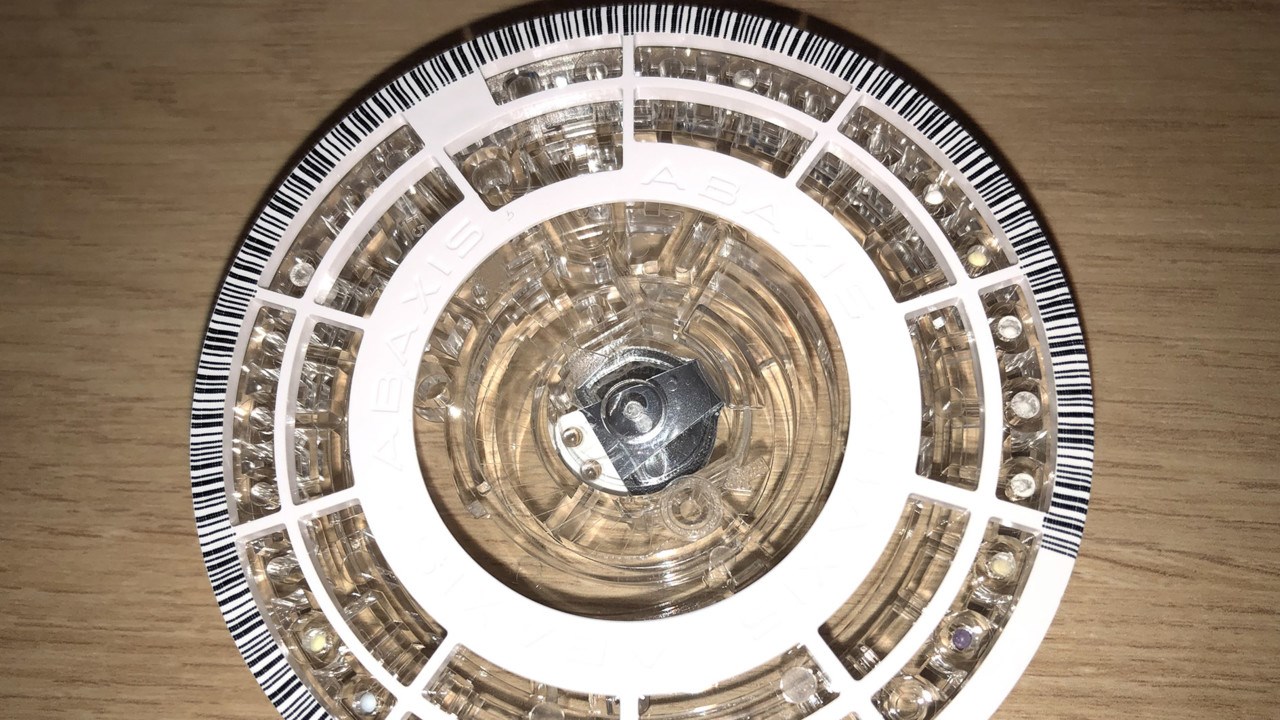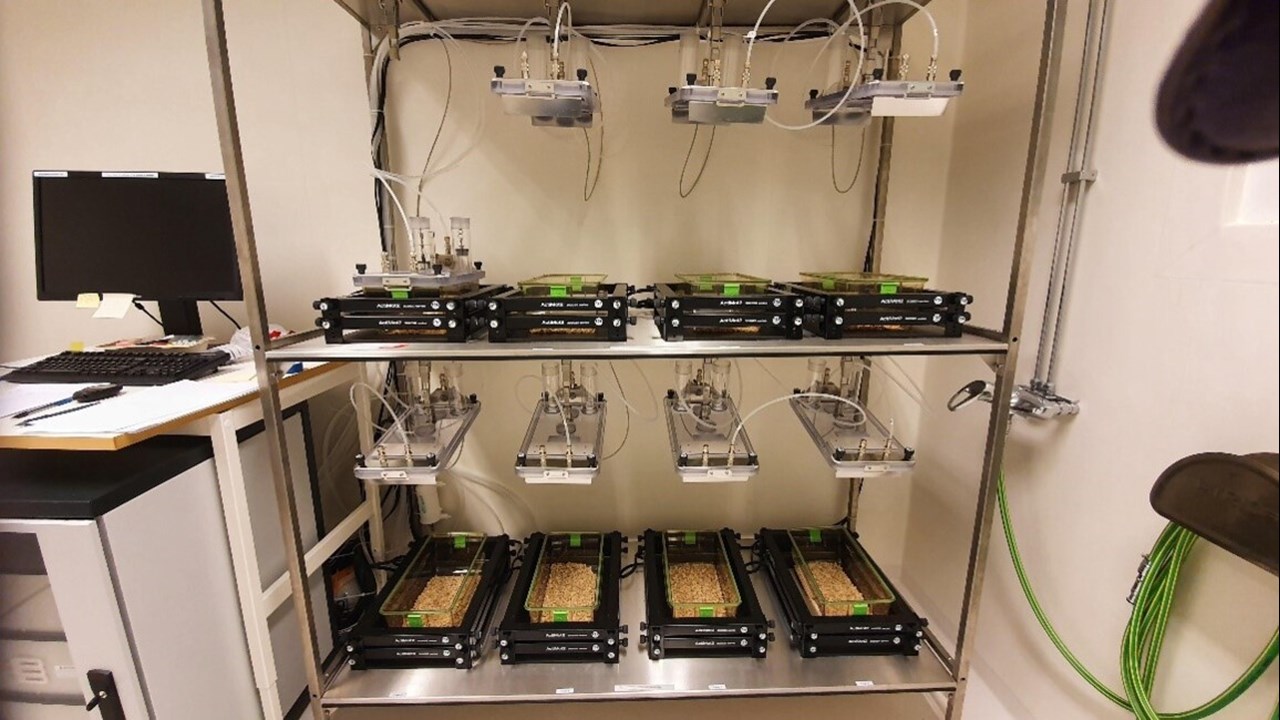Prices and booking
The prices shown on this page are estimates, exact prices for using specific equipment/lab space is found in the booking system.
In order to use UCCB equipment and facilities, you must have a registered user for the booking system and a number of the instruments require that you have passed a specific training.
Information about equipment and the booking system is found on the UCCB information site, only available for Umeå University staff.



